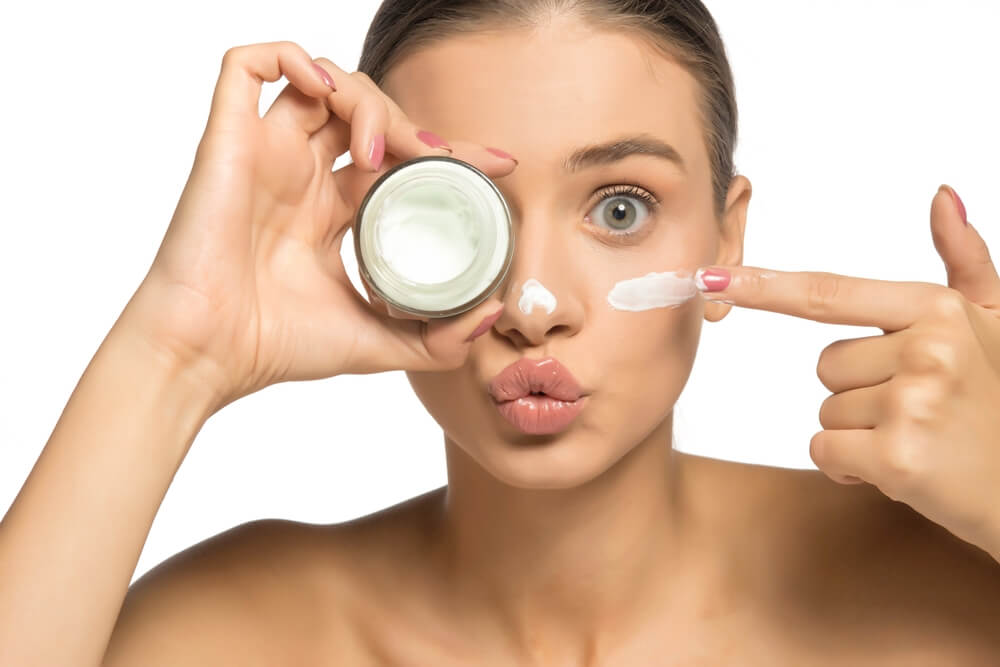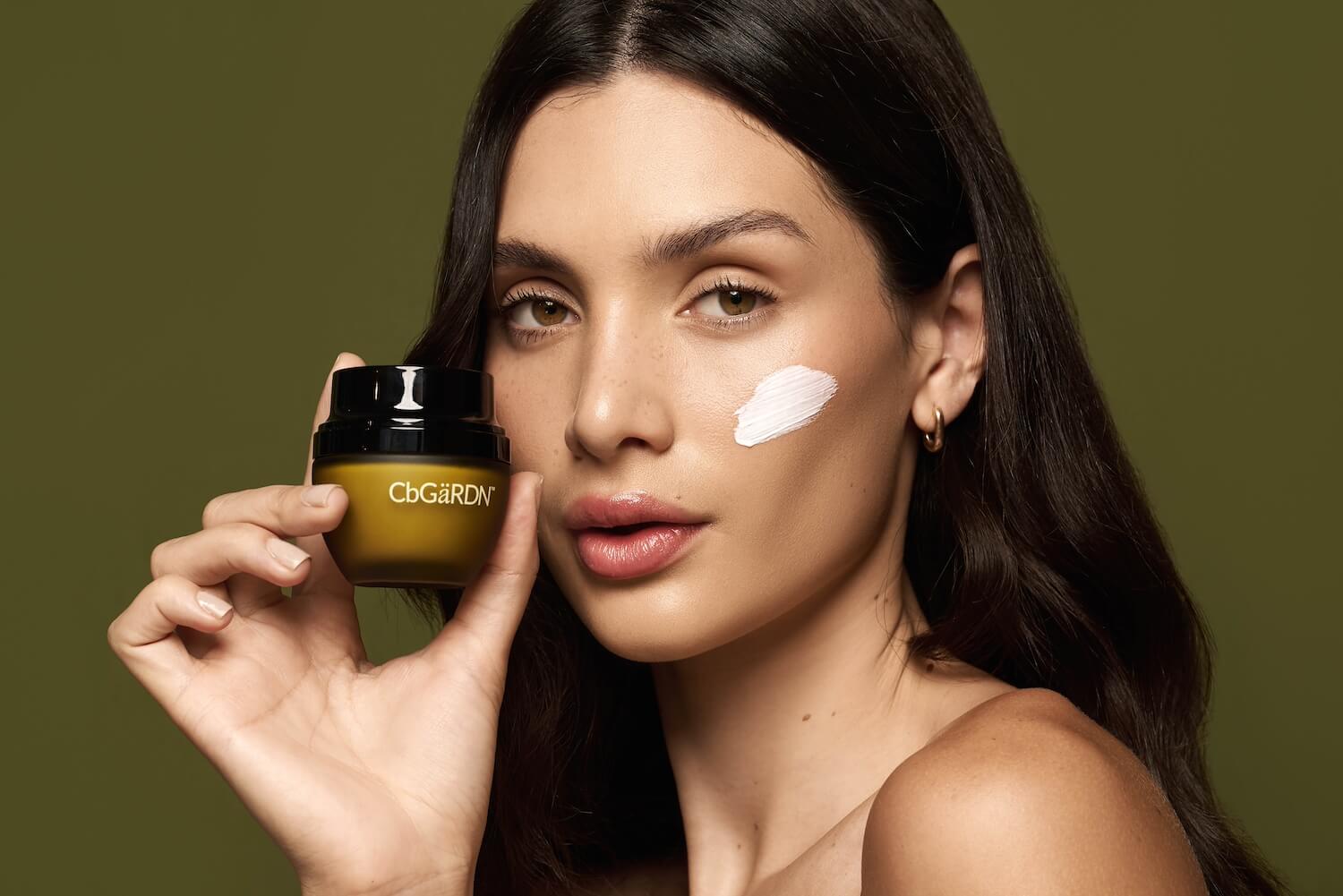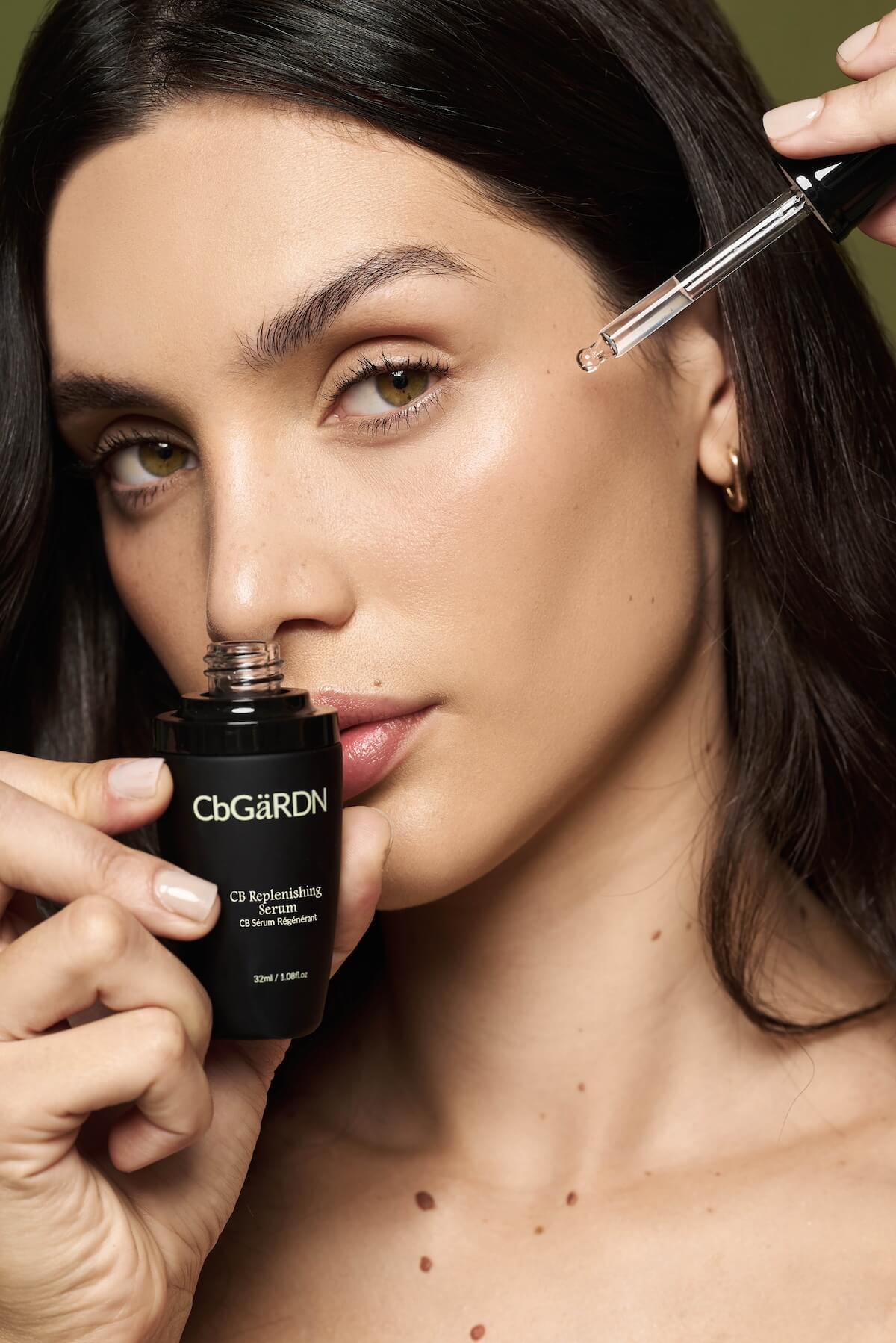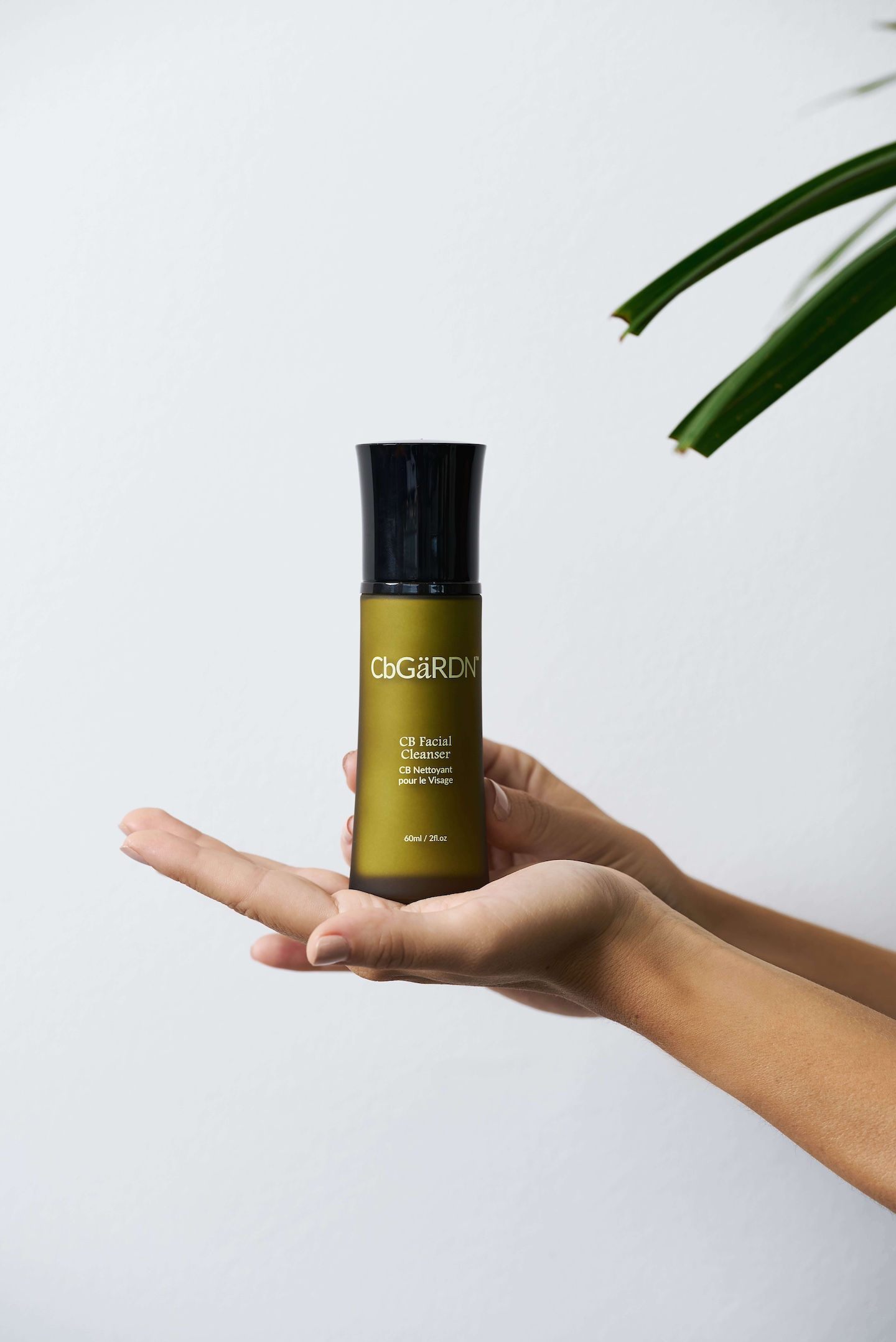Published: July 15, 2025

Intrigued by the clean beauty movement? Most people are! After all, the idea of being able to easily find skincare products that are not only good for your skin but also don’t harm the environment is what many people try to achieve.
The downside? Clean beauty isn’t all it’s cracked up to be. With no regulations surrounding the term, many brands have taken to ‘clean-washing’. They slap clean beauty labels all over their products as a marketing tactic, even though their products may not be clean in the slightest bit.
As a result, shopping for clean beauty products can be tricky. The only way to know for sure whether or not a product adheres to those ‘clean’ standards is by learning to read and understand product labels. By law, every skincare brand needs to include certain information on its beauty labels. This means that even if they claim to be producing clean products, you’ll quickly be able to determine how true this really is, simply by checking out those product labels.
With that said, beauty labels can be confusing. To make sure that you’re extracting the right information, read on as CBGärdN explains how to decode clean beauty labels so that you know exactly what it is you’re applying to your skin.
The INCI System

The first thing to know about beauty labels is that all cosmetic products have to use the INCI system when listing ingredients. INCI stands for International Nomenclature of Cosmetic Ingredients. While that may sound complicated, all it means is that companies have to use the official scientific name for each ingredient in their products. Why? Because it provides a standardized system across the board, no matter which country a product is sold in.
Of course, this does mean a little extra work on your part when you’re reading beauty labels, especially to start with. You may not automatically know that Butyrospermum Parkii butter refers to shea butter, or that Urtica Dioica extract means nettle leaf extract. You’ll likely spend quite a bit of time at the beginning researching all of those different names – it’s almost like learning a new language! However, it will quickly become second nature, made easier by the fact that, as you can see from the ingredient list of the CB Bio-Restorative Creme, some brands will display the common name of an ingredient alongside its scientific one.
The upside to this system is that it lets you know exactly what’s in a product. Some ingredients can be referred to by various names. Vitamin C, for instance, could be in the form of ascorbic acid, tetrahexyldecyl ascorbate (which you’ll find in the CB Illuminating Vita C Serum), ascorbyl palmitate, and more. Some derivatives are better than others, so knowing exactly which has been used in a product, as opposed to only being told “vitamin C”, gives you much more knowledge of how that product will work.
Order Matters

Another rule that beauty labels have to adhere to is listing ingredients in order of concentration. Typically, the first 5-10 ingredients on an ingredient list make up around 80% of the product. These are the ingredients that are doing the heavy lifting.
With that said, some ingredients are effective even at a lower concentration. Essential oils, for example, will only irritate your skin when used in large quantities, so they’re very rarely at the top of an ingredient list. However, understanding how important the order of ingredients is will help you to avoid marketing tricks. It’s common for a brand to splash a rare ingredient all over their packaging, using it as a selling point for that product, only for it to actually be used in an amount that’s too small to make any difference.
Let’s use another CBGärdN product as an example: the CB Replenishing Serum. Water is the first ingredient, which is usually the case for every water-based skincare product. This is followed by glycerin, a humectant that boasts exceptional hydrating properties. Next up is a stabilizer, and then two different peptides. From the top five ingredients alone, you can tell that this serum is going to be extremely hydrating while also providing integral components to keep your skin barrier feeling strong and healthy. Keep reading through the next five ingredients and you’ll spot other noteworthy names, including sodium hyaluronate, a variety of antioxidant-rich plant extracts, and another peptide. This, again, backs up the product’s capabilities when it comes to giving the skin a smoother, plumper, and more resilient finish.
Scan for Red Flags

While your eye should always initially be drawn to the first five to ten ingredients on beauty labels, this doesn’t mean that the rest of the ingredients on there should be ignored. Even though those ingredients have been used at a lower concentration, there could still be ingredients on there that could be potentially harmful to your skin, even in a small amount.
Take parabens, for example. Not only do these preservatives often cause irritation, redness, and swelling, but experts believe that they also interfere with hormones in a way that can lead to cancer.
Sulfates are another red flag. They’re surfactants that are commonly used in cleansers. However, the way in which they strip the skin’s natural protective barrier makes them an ingredient that should be avoided in all beauty products, clean or otherwise! Cleanse with the CB Facial Cleanser from CBGärdN and you won’t have to worry about sulfates or any other red flag ingredients!
There are several other ingredients out there that are best avoided. The only way to know whether they’re in your beauty products is by looking up each ingredient on the ingredient list. Yes, it’s time-consuming at first, but you’ll soon start to recognize which names are to be avoided.
Know Which Certifications to Trust
When you see a beauty product with an official-looking label stating that the product is “all natural” or “chemical-free”, it can be easy to fall for those claims, especially if they’re accompanied by a symbol that, again, looks official.
Unfortunately, a lot of the terms that you see on beauty labels aren’t regulated. This means that many brands use them as a marketing tool to entice new customers, even if those promises may not hold true. This makes it important for you, as a consumer, to know which certifications can actually be trusted:
- USDA Organic – this means that the ingredients were produced to certain agricultural standards.
- COSMOS – an international standard that ensures products are genuinely organic and sustainable.
- EWG Certified – a certification from the Environmental Working Group that ensures ingredient safety and transparency.
- Leaping Bunny – a certification that lets you know if a product is cruelty-free, meaning that no animal testing has occurred.
- GMP – this stands for good manufacturing practices. It means that the product has been produced under a safe and controlled environment so that there’s less chance of contamination.
Spotted a certification that isn’t on our list? Different countries will use different organizations and certifications, so, again, do some research to find out more about any promises that are made on beauty labels.
At the same time, don’t be put off if you don’t see any certifications whatsoever. Each one can be quite pricey – some brands may choose to forgo these and simply focus on producing high-quality products. Again, this is why it’s important to dig a little deeper when reading beauty labels so that you understand exactly what a certain product is truly all about.
Check Expiration Dates
While some people may think that beauty products last for several years, this isn’t the case at all. Instead, they’ll all have a shelf life, and this can often be considerably shorter for clean beauty products that use minimal preservatives.
This is something that’s important to take note of when looking at beauty labels. The more natural a product is, the less efficient its preservatives will be. You may not want to splurge on a product that’s only going to last a few weeks if there are longer-lasting options available.
Of course, keep in mind that how you store your beauty products will affect their shelf life too. Skincare products should ideally be stored in a dark, cool, and dry place. If your products are exposed to light, moisture, or air, the ingredients within will start to degrade at a much faster rate. Again, the more natural a product is and the fewer synthetic preservatives it contains, the quicker this will happen.
Don’t Be Afraid to Ask Questions
Feeling confused about a certain beauty label? Or maybe you can’t seem to find the information that you’re looking for. Either way, don’t be afraid to ask questions! A quick search online will give you the contact details for the brand you’re browsing, so go ahead and shoot them an email with your concerns.
Any reputable brand will happily respond with full transparency. On the other hand, if a brand is claiming to produce clean beauty products but can’t answer your questions, this could be a sign to stay away!
Beauty Labels Explained
Beauty labels can seem like a minefield at first, which is why it’s important to understand how to read them. Start by learning the language. Even though the INCI system may look confusing at first, it won’t take long before you recognize the scientific names for various ingredients. Then, do a little digging into those different ingredients, while also paying attention to where they sit on a product’s ingredient list, and you’ll suddenly have a much deeper knowledge of the beauty products that you buy.
Click here to shop for more bestselling skincare products from CBGärdN.

